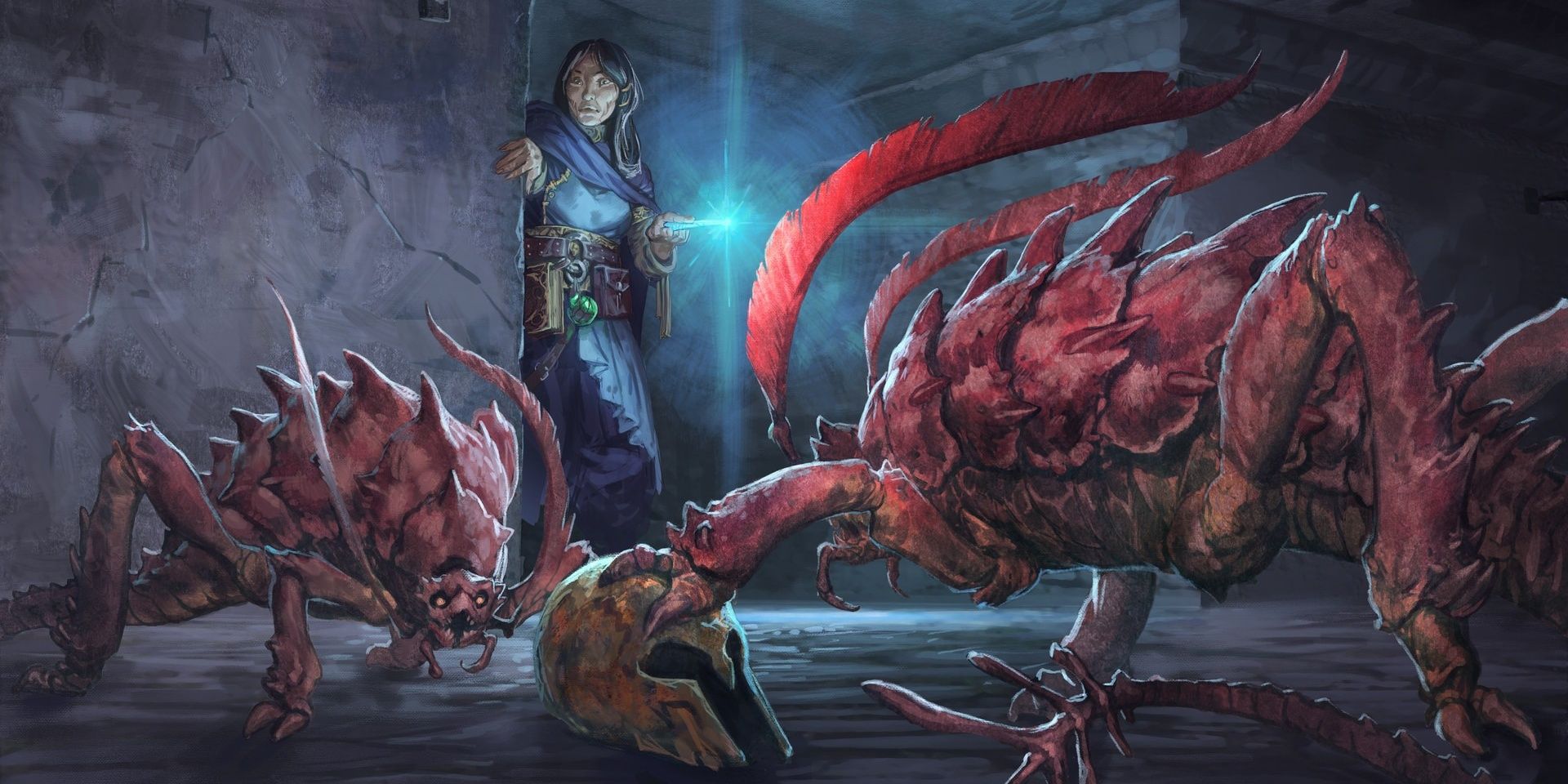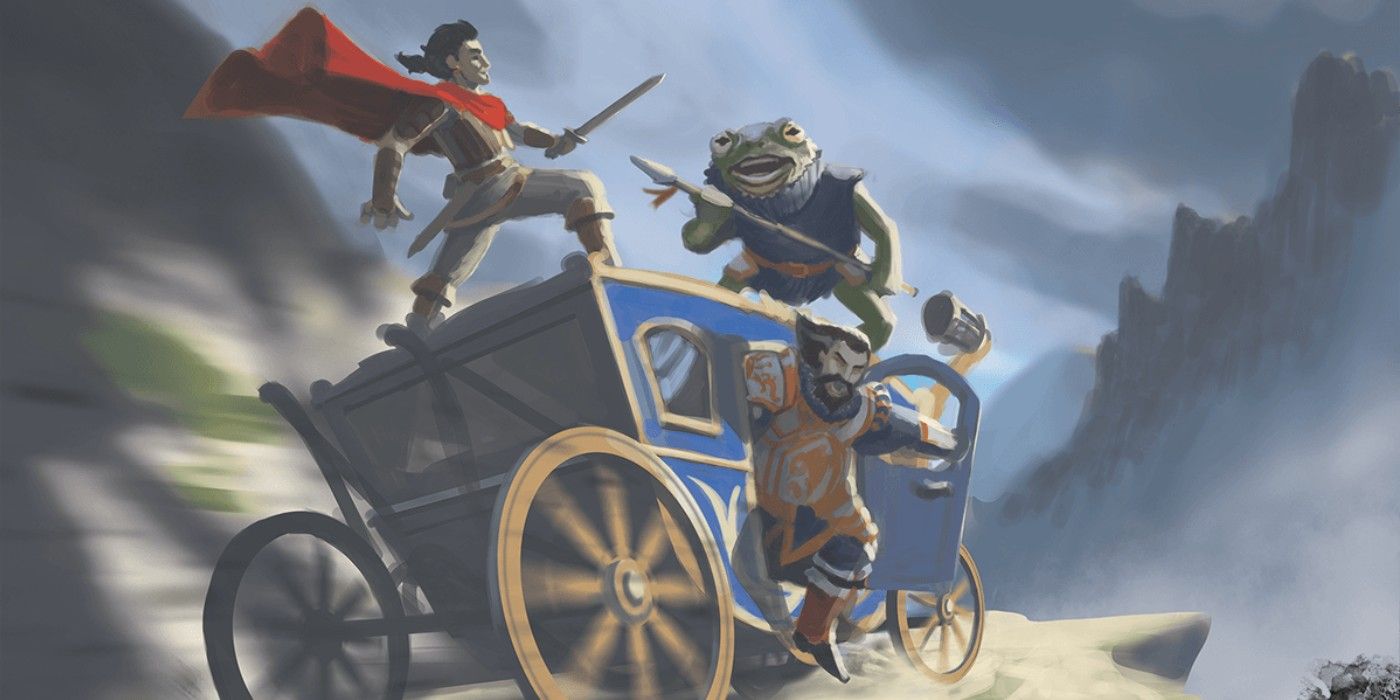By its very nature, Dungeons & Dragons involves a lot of dice rolling. Just about any action taken requires a dice to be rolled, and skills are no exception to this. However, excessive rolls can bog down a game. In older editions, D&D used the concept of "taking 20," the idea being that a task could be repeated until successful, as represented by a natural 20 on the die roll. In Fifth Edition, however, this feature is balanced and streamlined into the passive skill mechanic.
Sometimes, Dungeon Masters may want to keep a contested enemy roll secret, or may deem a player should know information without having to roll for it. In cases like this, a passive skill check can help. While most are familiar with Passive Perception, the truth is, all skills have a passive value.
All skills calculate their passives in the same way as Passive Perception: 10 + the character's skill mod. However, just like other skills, certain effects can raise or lower the passive value. For example, having advantage on a skill check grants a +5 to its passive value. Conversely, disadvantage grants a -5 penalty to the passive. This means the Poisoned condition would give a character -5 to all of their passive values.
While the decision to allow a passive check is ultimately up to a DM, a good rule of thumb is that passives should not be used in combat or in periods of great stress. A passive value is meant to represent a character's average ability on a skill during ideal conditions. For instance, if a Rogue is attempting to pick a lock on a chest while there are no traps or visible signs of danger or a Bard wishes to play a show during a night at an inn, it makes sense to use a passive skill check, as these would be second-nature to the characters.
However, a passive skill should not be used when attempting to defuse a dangerous glyph or trap. The pressure is too great to be settled without a roll of the dice. It's best to think of them as a skill check radar of sorts. When a monster is attempting to get the drop on a player, if a character has a high enough Passive Perception, narrate that they see or hear a figure dart into the shadows. This indicates to players that something nearby is hiding from them, prompting them to make an active roll. Likewise, this can be used to indicate when a person's knowledge may indicate something is important to remember or that the handwriting in a journal looks vaguely familiar.
Other good uses of passives are in situations where a player would otherwise be forced to make repeated checks to maintain their skill. If the players all decide they'll be sneaking through a nobleman's manor, it can be boring or frustrating to continuously roll Stealth every time they move from one room to another. Using the passive instead allows the players to focus on rolling the checks they need for situations outside of the obvious. They don't need to constantly declare they are sneaking, as it's assumed until the situation changes. What's more, if they roll poorly, they aren't penalized for the entire sneaking segment just because of bad luck.
Passives are also great for maintaining the mood. If the players are walking through a dungeon, calling for perception checks sends up a red flag that something in the room is worth finding, undermining the element of surprise. However, if the DM maintains a list of a player's passives, this can allow for a much more dramatic event when the ninjas suddenly attack. While not often touched on, passive skills can elevate a D&D game to new heights. Players will be grateful to see their high skill values aren't solely at the whims of fate., and DMs will be grateful for an easy access break.



